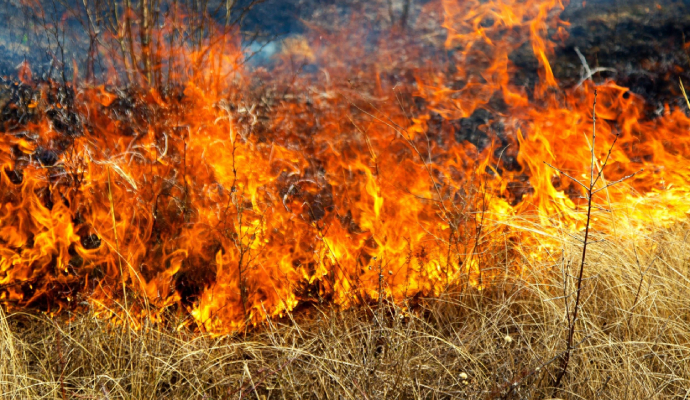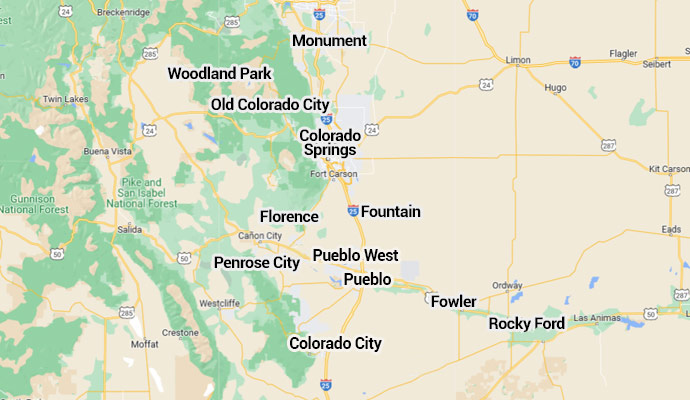Brushfire and Asbestos Dangers are Related

The frequency of brush fires in Colorado can vary from year to year depending on several factors, including precipitation levels, temperature, and wind conditions. In general, the state is prone to brush fires during the spring and summer months, when dry conditions and high winds can increase the risk of fire and destroy many structures. How is this related to asbestos?
Despite the crackdown on asbestos use, it’s still found in many parts of homes and commercial buildings, from old insulation and tiles to roof and ceiling products and more. Because of this, brushfires and asbestos have a complex relationship. On one hand, brushfires can release asbestos fibers into the air, posing a health risk to people and wildlife in the area. On the other hand, brushfires can also be a catalyst for asbestos removal and remediation efforts.
When a brushfire burns through an area containing asbestos-containing structures, the heat of the fire can cause the asbestos fibers to become airborne. This can result in the inhalation of asbestos fibers, which can lead to serious health problems such as lung cancer and mesothelioma. In addition, the ash and debris generated by the fire can also contain asbestos fibers, posing a risk to people and wildlife who come into contact with it.
In areas where asbestos-containing materials are present, brushfires can be the motivation for asbestos removal and remediation efforts. After a fire, building and environmental assessments are typically conducted to determine the extent of any asbestos contamination and to develop a plan for removal and disposal of the contaminated materials. This process can help to reduce the risk of future exposure to asbestos fibers, both for the community and for the workers who will be involved in the cleanup.
It's important to note that not all brushfires result in the release of asbestos fibers. The likelihood of asbestos fibers becoming airborne during a fire depends on several factors, including the type and condition of the asbestos-containing materials, the intensity of the fire, and the duration of the exposure.
In addition, you should know that not all areas contain asbestos-containing materials. Before starting a fire, it's important to check with local authorities to determine if the area you plan to burn contains any hazardous materials, including asbestos. If asbestos is present, it's important to take steps to protect yourself, your family, and the environment, including avoiding exposure to the fibers, wearing protective clothing and equipment, and following proper disposal procedures.
So brushfires can have both positive and negative effects on asbestos exposure. While brushfires can release asbestos fibers into the air, posing a health risk, they can also serve as a catalyst for asbestos removal and remediation efforts. It's important to be aware of the risks associated with brushfires and asbestos and to take appropriate steps to protect yourself, your family, and the environment.
It's difficult to estimate the exact number of brush fires that occur in Colorado each year, as the state has a vast and diverse landscape, with varying levels of vegetation and human development. But if your property suffers from a brush fire, Cyclone Kleen Up handles both fire damage restoration and asbestos remediation and removal. We have more than three decades of experience serving Colorado Springs, Pueblo, and the Colorado communities. Contact us today!






